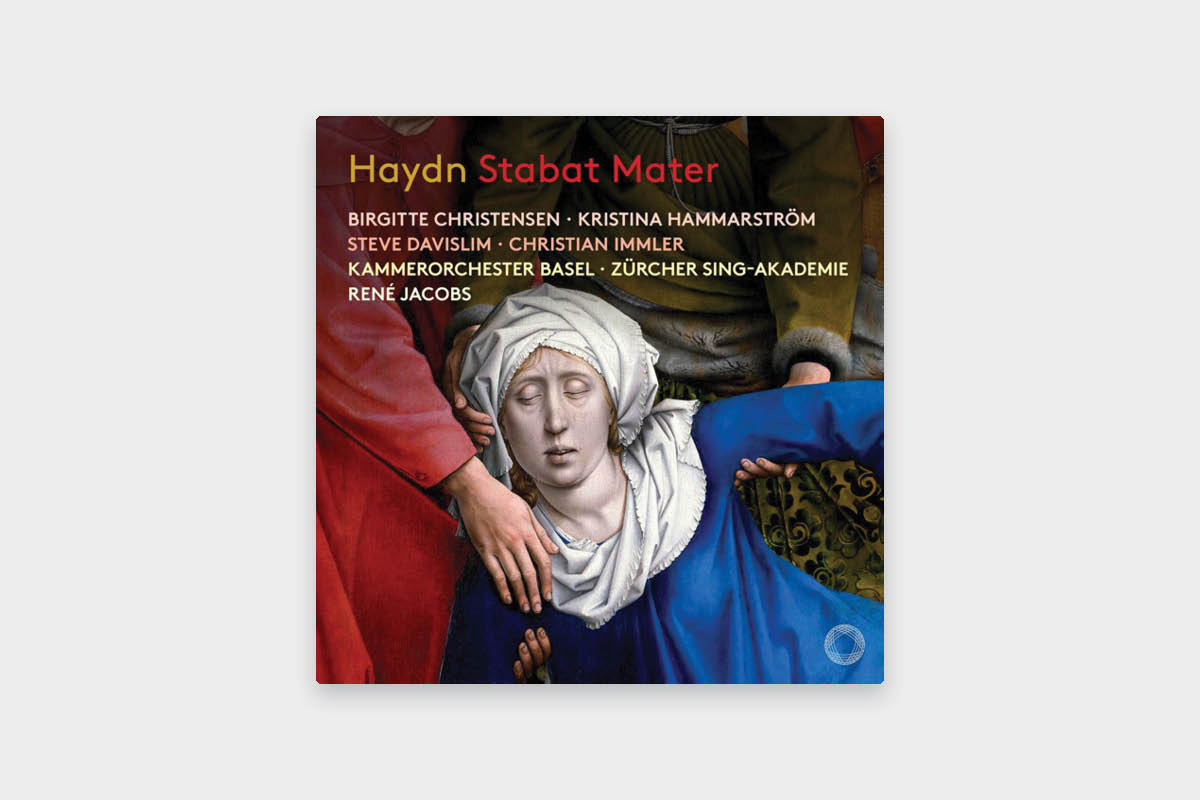Coming in at an hour, Haydn’s Stabat Mater is his most substantial liturgical work, yet it often plays second fiddle to the stormier masses with their colourful, often bellicose titles – “Nelson”, “Pauken” – evocative of a quest for peace amid the turbulent Napoleonic wars.

The Stabat Mater is distinctly calmer. A relatively early work, it most likely premiered on Good Friday, 17 April 1767 in the Schlosskirche in Eisenstadt, but Haydn, recently promoted to court Kapellmeister, was keen to make a splash. It would appear he did, and the Stabat Mater would go on to appear in Vienna, Leipzig and even Paris.
In 1803, and in search of a new calling card, Haydn commissioned his pupil Sigismund Neukomm to expand the orchestration, supplementing the original strings and two oboes with flute, two clarinets, bassoons, horns, trumpets, timpani, and a walloping three trombones. It is in this form that René Jacobs has recorded it here, with the outstanding support of Kammerorchester Basel and the Zürcher Sing-Akademie.
The outward suffering of the ancient text was not something that came naturally to Haydn, and anyway, he...










Comments
Log in to join the conversation.